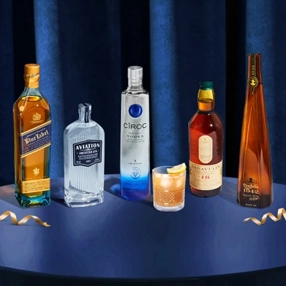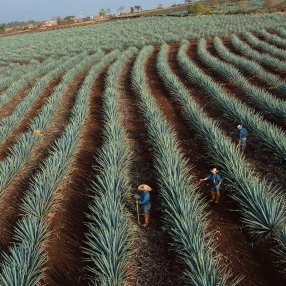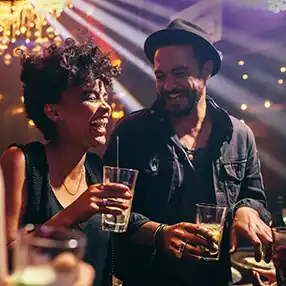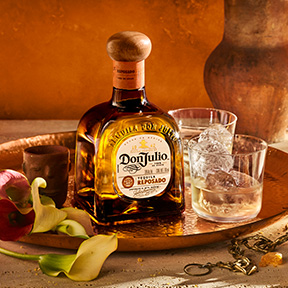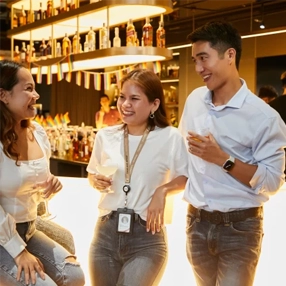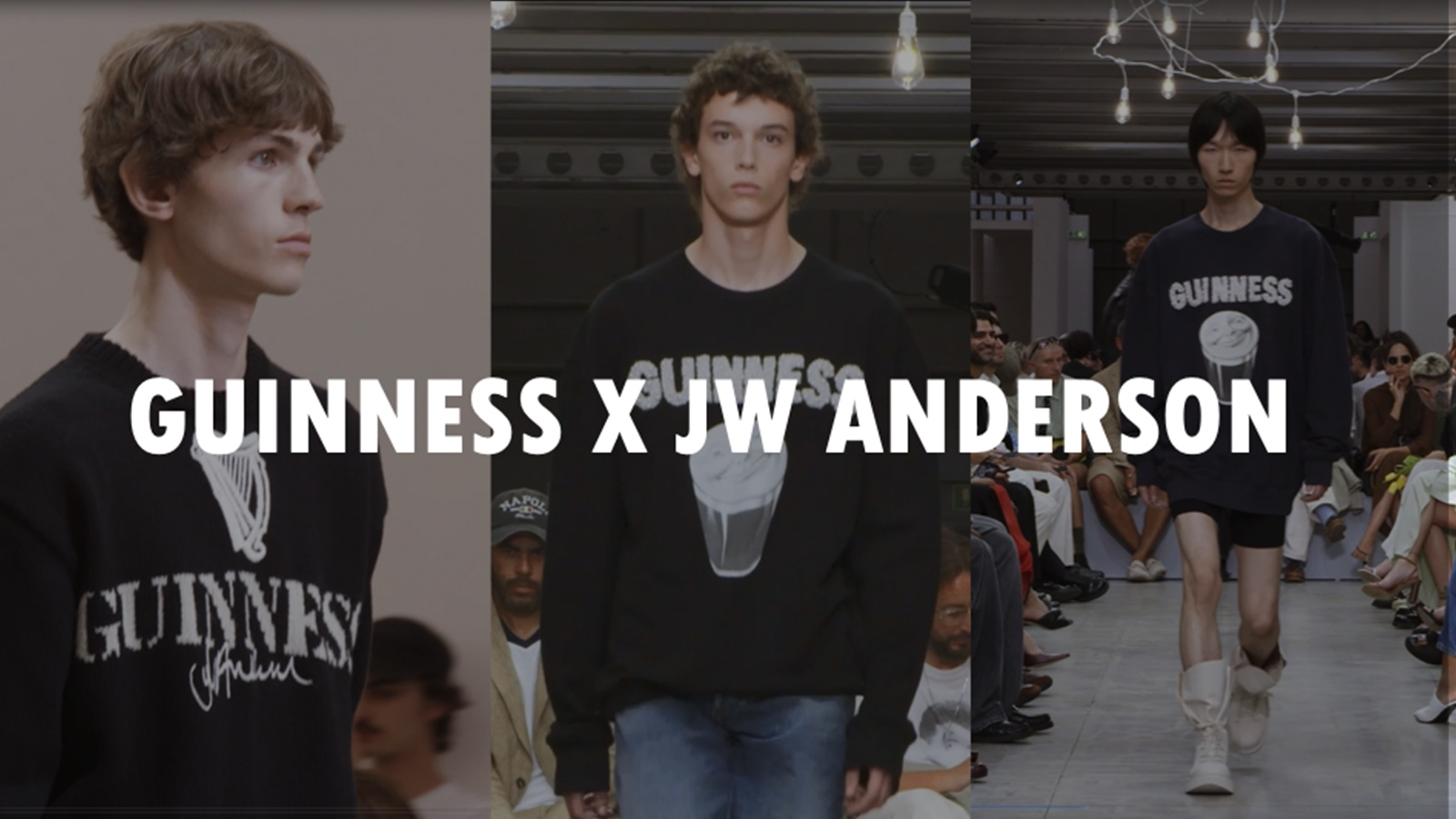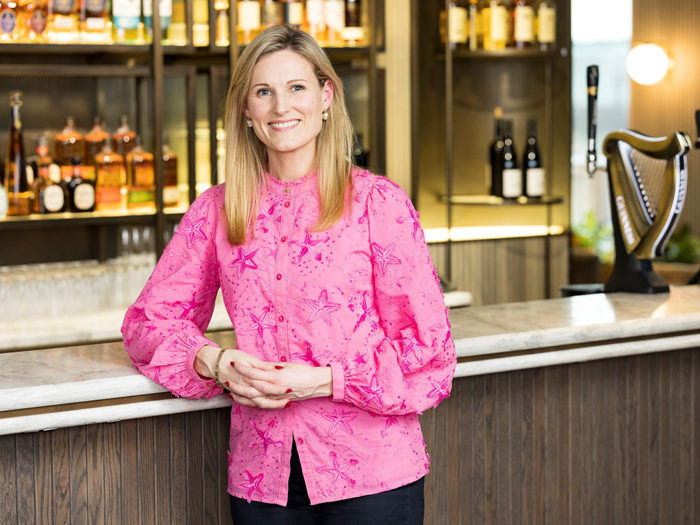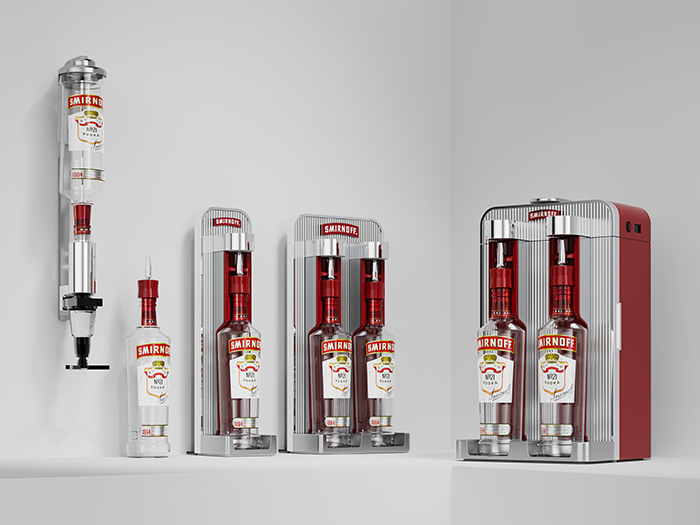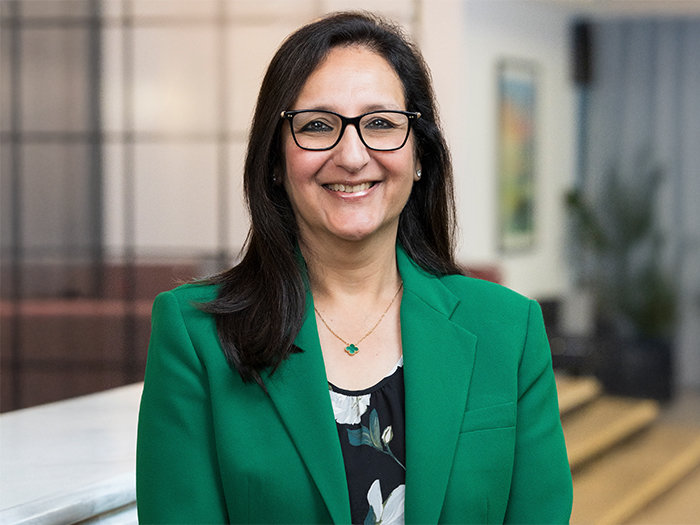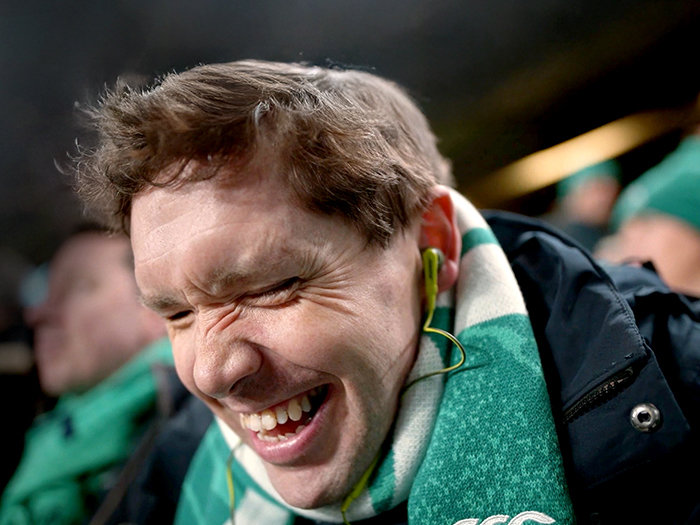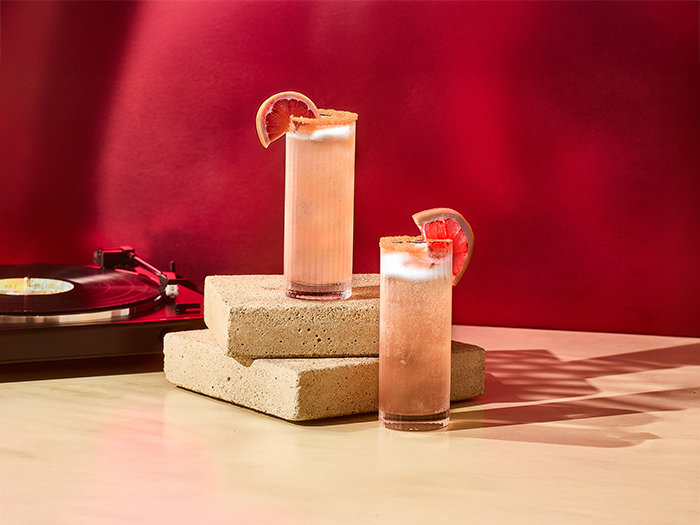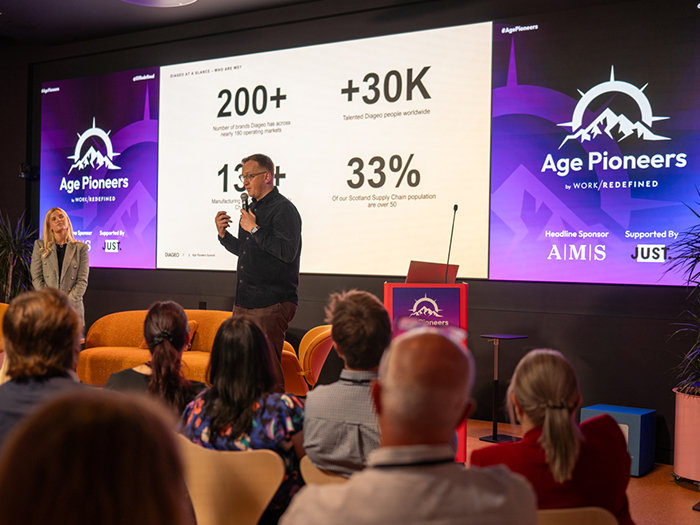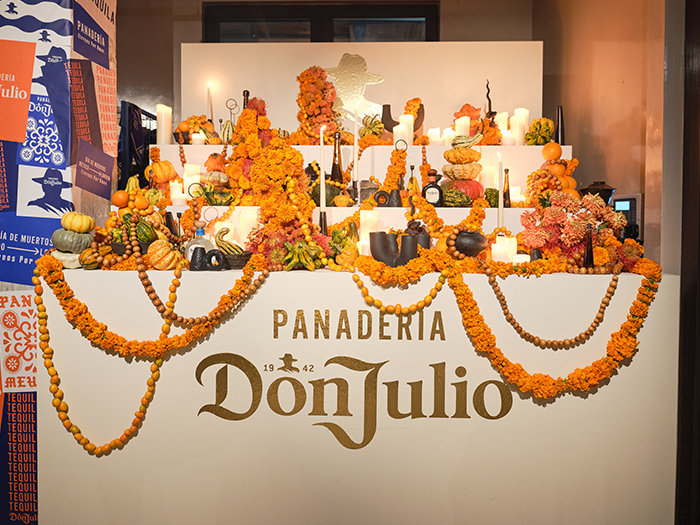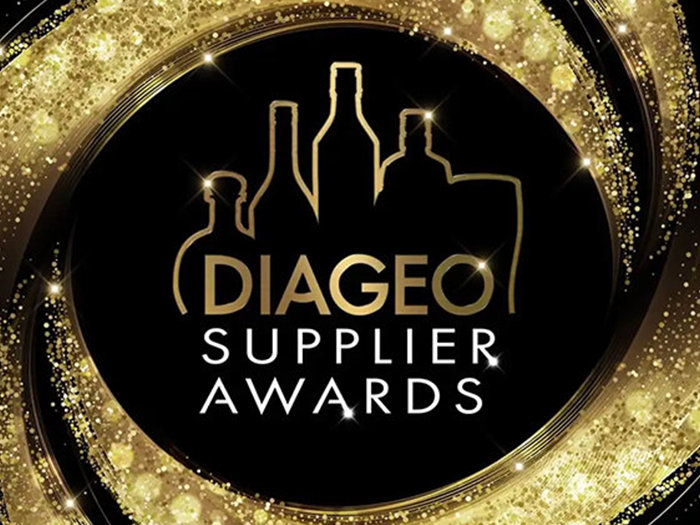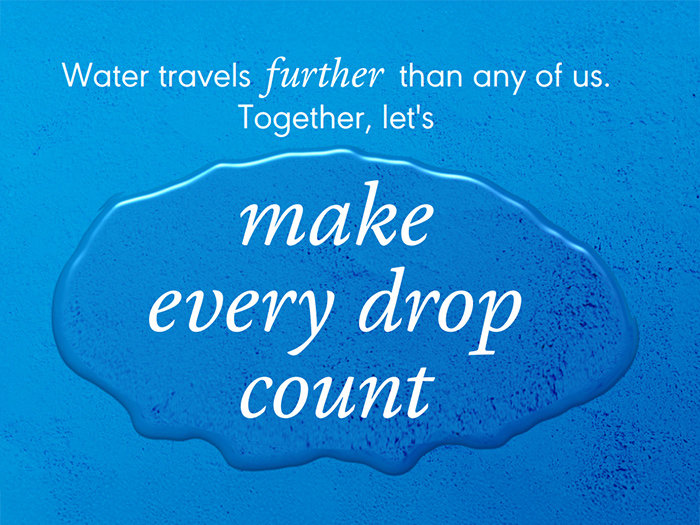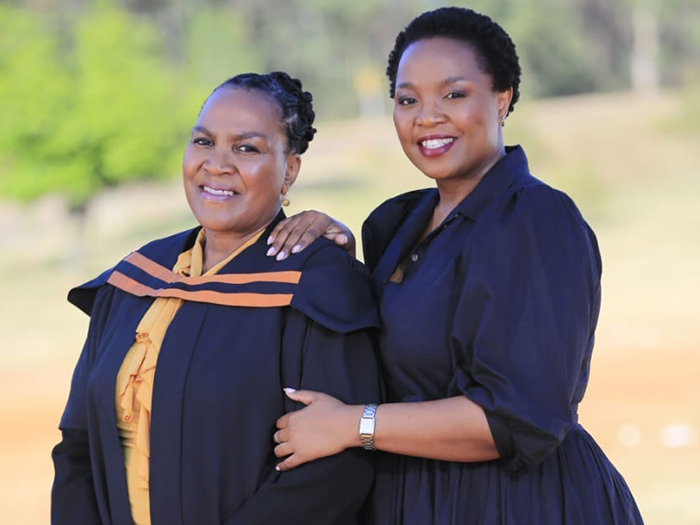We’re a global leader in premium drinks, the most exciting consumer products space.
Diageo boasts some of the most iconic and distinctive alcohol brands in the world. The power of our distinctive brands has held the key to us successfully unlocking a growth opportunity that lies beyond the confines of traditional category boundaries.
Licensing is a brand building growth engine that is propelled by powerful brands and Diageo’s global licensing team has been leveraging this opportunity to drive the performance of some of our most iconic brands, including Guinness and Baileys.
The global brand licensing industry is valued at more than £287 billion1 and the Food and Beverage sector is one of the fastest growing categories in brand licensing – currently worth £58 billion.
And Diageo is one of the leading players in this category. Some recent examples of our licensed products include:
- Baileys Chocolate Truffles – the fastest growing premium chocolate brand in Great Britain last Christmas
- Guinness Mac n’ Cheese – voted “Best Pantry Staple” in the 2023 People Magazine Food Awards
Indeed, Guinness’s licensing link ups have become ever more exciting in recent years, with last year’s partnership with fashion house JW Anderson, which took the iconic stout to the Milan Catwalk, gaining huge coverage.
Declan Hassett, Senior Licensing Manager at Diageo talks about how licensing can provide real benefit for brands, greater consumer awareness and how it took years to create the perfect Guinness chocolate…
Declan, let’s go back to basics – how do licensed products benefit parent brands?
Licensed products can create thousands upon thousands of connection points for brands across retail. Getting the right licensed product is like having an advert for your brand right at the point of purchase – closer than any normal advert could ever get.
And studies have shown that it can have a very positive impact on the parent brand. For example, a Kantar report from 2020 said that over a third of consumers were “more likely to consider buying Guinness after exposure to licensed products”.3
Why did Diageo start a licensing team?
The team was established about 20 years ago as Diageo was looking to tighten controls around its trademarks.
But when I joined about 17 years ago, that was when we started up the actual licensing business. So that was, for example, Guinness T-shirts and branded sweets in the Guinness Storehouse in Dublin, and with Baileys we started up a chocolate range with Lir Chocolates. And because Diageo had initially owned Häagen-Daaz ice cream [after the Guinness merger with Grand Metropolitan in 1997] we created a very successful Baileys Häagen-Daaz link-up.
What licensing ideas tend to work well? Is there a sector or category you would look to?
The “treat” occasion works very well. When people ask for great examples, I often point them to the launch of Baileys Carte D’Or ice cream at the end of 2023. We successfully rolled it out across Europe, and one of the markets we took it into was Hungary. It was a risk as we knew there had been little appetite for growth of the Baileys brand beyond the sales it already had. We launched the ice cream at the start of 2024 and we have seen sales of Baileys liqueur in Hungary go up by 50% off the back of it.
We also saw it work extremely well with coffee in Tim Hortons restaurants in Canada – where we produced a range of non-alcoholic Baileys flavours that they could add to their coffee menu for a limited time. And that had a big impact on core Baileys sales.
There are some who say licensing can dilute brand equity – as you could put it on too many products, in front of too many people. Is that fair?
We are not here just to pursue any idea and take as much money as possible. My primary stakeholder for any product is the relevant Diageo Global Brand Director. If the idea won’t build and improve the equity of that brand, then we won’t do it – no matter how much money we are being offered.
Do you have a favourite licensing project that you worked on?
We really struggled with Guinness Chocolates for years. They were not a big item in the Storehouse, and I was being told to focus on bigger issues – but it was really frustrating me!
Eventually I approached Lir Chocolates to create a new product. We spent well over a year working on the recipe – matching the malted barley flavour with the chocolate flavours, and together, in partnership, we nailed it.
We launched it in 2013, the sales doubled, and the product won a Great Taste Award in the UK, beating products from Lindt and Hotel Du Chocolat. It was so incredibly satisfying.
And can licensing work for any brand?
As long as the brand is clear what its objective and strategy is, then there is room for an excellent programme of licensing activity. If a brand was about to embark on a change of direction or strategy, then that is probably not the best time to embark on a licensing program. It will likely be two years before any ideas you have hit shelves, so the values need to be consistent.
But the key point I’d make is this: Licensing is redrawing the rules around how, where and with whom our brands show up – and we should raise a glass to that!
1Source: Licensing International, 2024 Global Licensing Industry Study
2Source: License Global
3Licensing’s Brand Impact, Kantar, 2020


